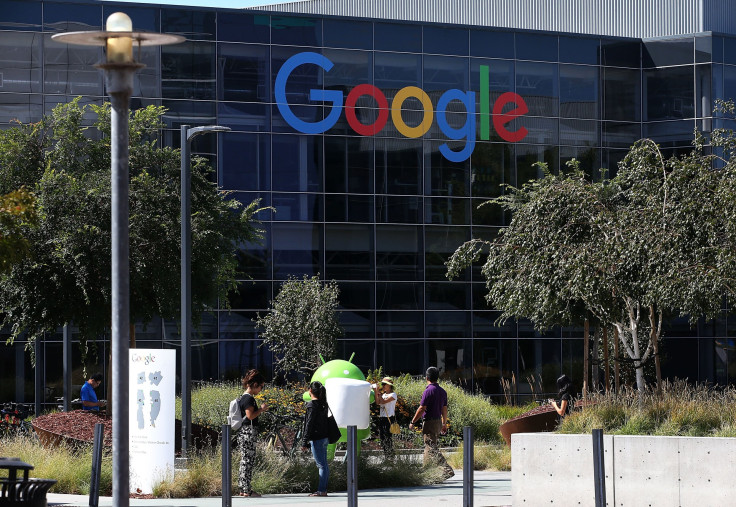Google Android Update Names: Marshmallow, Lollipop, KitKat, Ice Cream Sandwich And Froyo Explained

The high-calorie OS names just keep on coming. Android 6.0, aka Android Marshmallow, will be rolling out soon to those lucky enough to own a supported Nexus device, continuing Google's tradition of naming these rollouts after desserts. From Cupcake to Marshmallow, let's take a look at the history of Android updates.
Android Cupcake
Android 1.5 started the naming trend when it was released in 2009, according to Ars Technica's great breakdown of the history of Android. Previous versions did not have a public code name, so the big news was the on-screen keyboard included in the update along with the Cupcake name. Despite the attention, Google did not provided an official explanation to the naming convention. "It's kind of like an internal team thing, and we prefer to be a little bit -- how should I say -- a bit inscrutable in the matter, I'll say," Randall Sarafa, a Google spokesperson, told CNN in 20011. Google also erects huge statues with each new Android version.
Android Donut
Android version 1.6, released in September 2009, was named Donut. This version was crucial in expanding Android's footprint in the smartphone landscape. Version 1.6 added CDMA support, to the delight of American Android fans. Verizon and Sprint use CDMA technology in their phones while AT&T and T-Mobile use GSM technology, PC Magazine explained. The Android Marketplace, text-to-speech support and a better user experience were important updates in version 1.6.
Android Eclair
Google cheated a bit by using the Eclair name for versions 2.0 and 2.1. The Motorola Droid had the new version of Android when it was released in October 2009. Almost every feature was streamlined or redesigned as Verizon pushed the flagship Android phone from Motorola. Google Maps Navigation was an important feature of version 2.0. Version 2.1, tied to the release of Nexus One, didn't add much except for some animation effects. The Nexus One was also at the heart of the emerging rift between the tech behemoths. Google and Apple had a very close working relationship prior to Android version 2.1 and the Nexus One, but that ended after the phone's release in January 2010, Ars Technica said.
Android Froyo
Android 2.2, released in May 2010, was all about speed. Flash was exclusive to Android, which gave Android fans something to hold over Apple enthusiasts. A redesigned home screen added more functionality while streamlining the whole process.
Android Gingerbread
Android version 2.3 pushed the OS closer to what users see in 2015. New buttons, redesigned menus and icons made Android look just a little less ugly.
Android Honeycomb
Version 3.0 saw the addition of Matias Duarte, Hewlett-Packard's lead designer, to spearhead the Android design experience, Ars Technica said. As the director of Android user experience, Duarte was in charge of Honeycomb. The Android version, released in February 2011, was tablet-only but served as a sneak peek into the future of the OS.
Android Ice Cream Sandwich
Version 4.0 was released to phones and tablets in October 2011. Ice Cream Sandwich was a huge design improvement over previous Android versions while enhancing functionality. Ice Cream Sandwich also added Google Play as the official name of its services.
Android Jelly Bean
Version 4.1 refined the Android look and experience when Jelly Bean was released in July 2011. Google Now, the predictive search function that knows what you're going to do before you do, was released with Jelly Bean.
Android KitKat
The Nexus 7 release on Halloween 2013 led to Google having some fun with its dessert naming convention. The company partnered with Nestle for KitKat. Version 4.4 made Android less of a memory hog, which meant the OS could run on devices that had lower RAM.
Android Lollipop
Version 5.0 spread Android across every device -- from phones to TVs to smart watches. Lollipop added more intuition to the experience, like the battery saver feature that saves your phone when it's running low.
Android Marshmallow is the latest version, which means we get to guess the name of the next update. Since Android updates are alphabetical, any bets the next version will involve a partnership with Nutella?
© Copyright IBTimes 2024. All rights reserved.





















